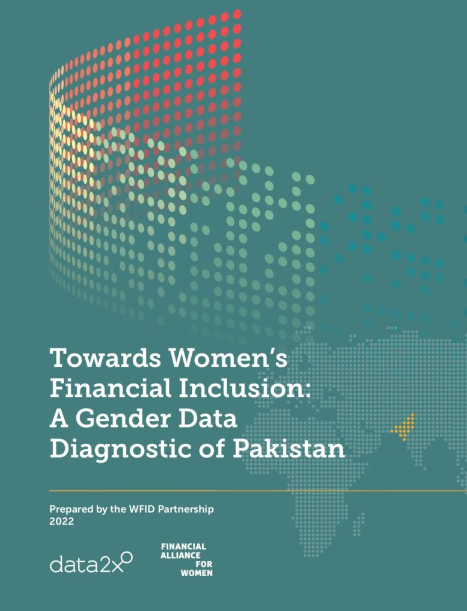 In a nation that had one of the world’s lowest levels of financial access just over a decade ago, there is now strong political will and momentum for change. As part of a broader push for economic development and growth, the government has prioritized increased women’s financial inclusion (WFI). It has done so by reforming policies and implementing initiatives such as branchless banking and digitized government subsidy programs. The numbers show that the gender focus is making a difference. Women’s account ownership has more than quadrupled since 2008, when the first inclusion policies were put in place: from 4 percent in 2008 to 18 percent in 2020.
In a nation that had one of the world’s lowest levels of financial access just over a decade ago, there is now strong political will and momentum for change. As part of a broader push for economic development and growth, the government has prioritized increased women’s financial inclusion (WFI). It has done so by reforming policies and implementing initiatives such as branchless banking and digitized government subsidy programs. The numbers show that the gender focus is making a difference. Women’s account ownership has more than quadrupled since 2008, when the first inclusion policies were put in place: from 4 percent in 2008 to 18 percent in 2020.
Despite this progress, 82 percent of Pakistani women remain unbanked and the gender gap in access that had started to shrink is expanding.Policies that increase WFI would foster greater stability in the banking system and enhance economic growth. This would translate into more effective monetary and fiscal policies. For Pakistan’s FSPs, expanding financial services offerings to women customers would mean a market opportunity of more than $650 million (101 billion Pakistani rupees (PKR)).
